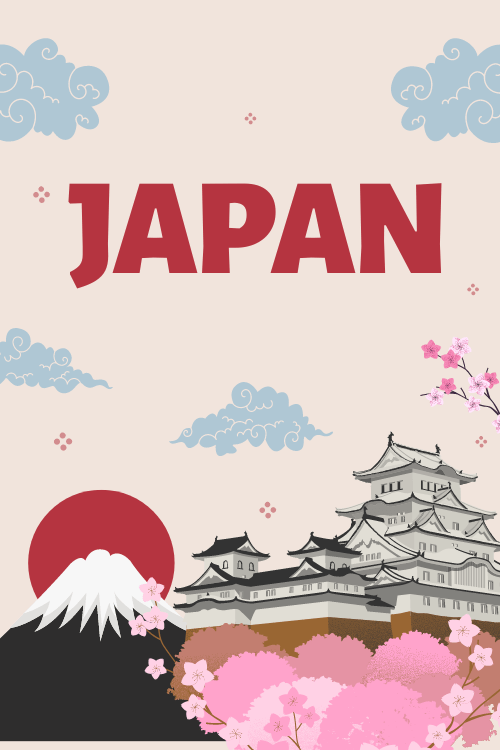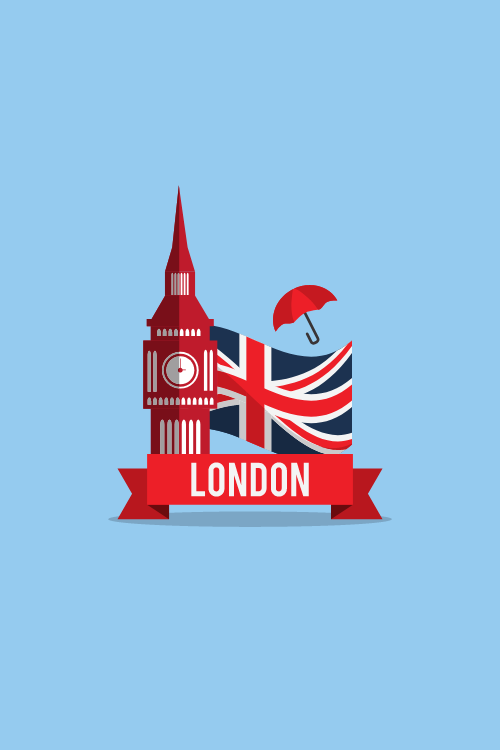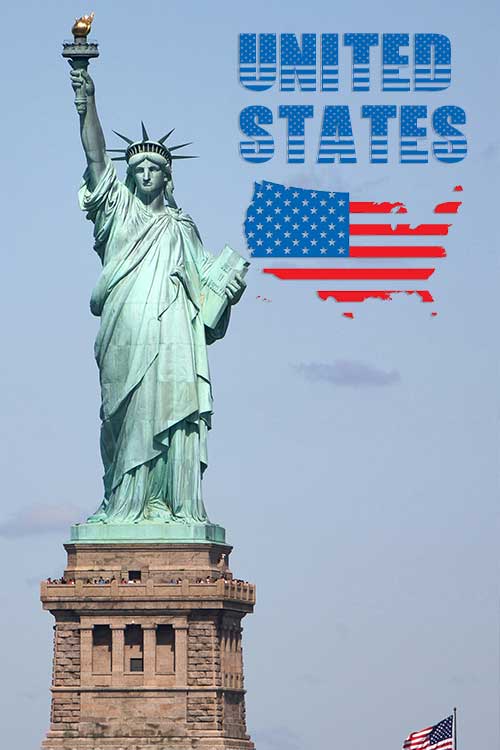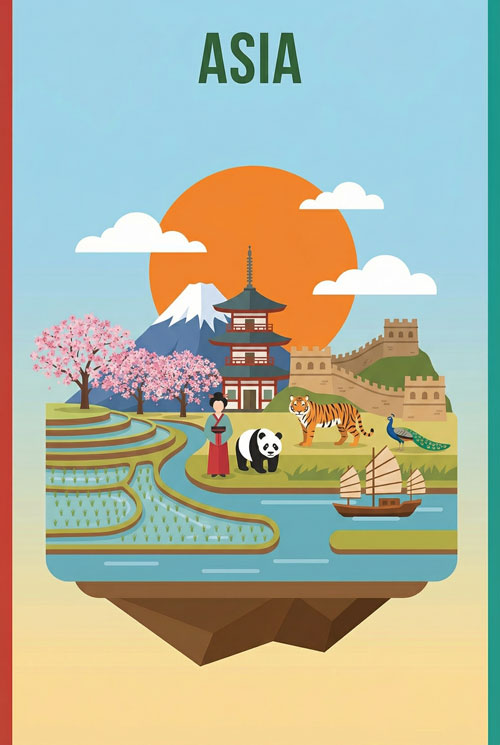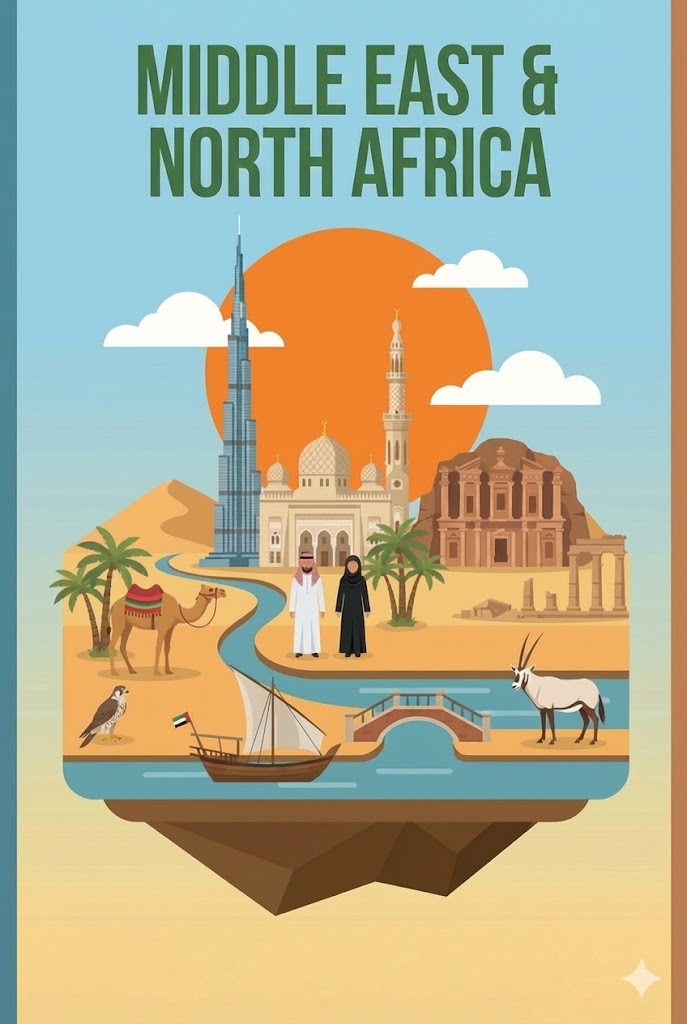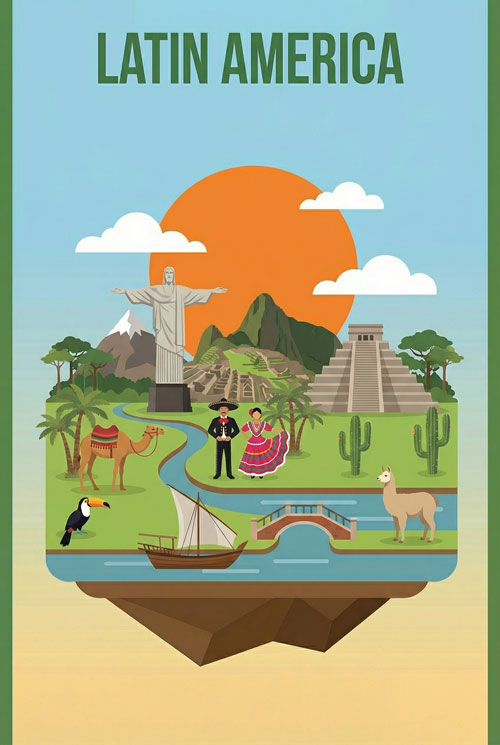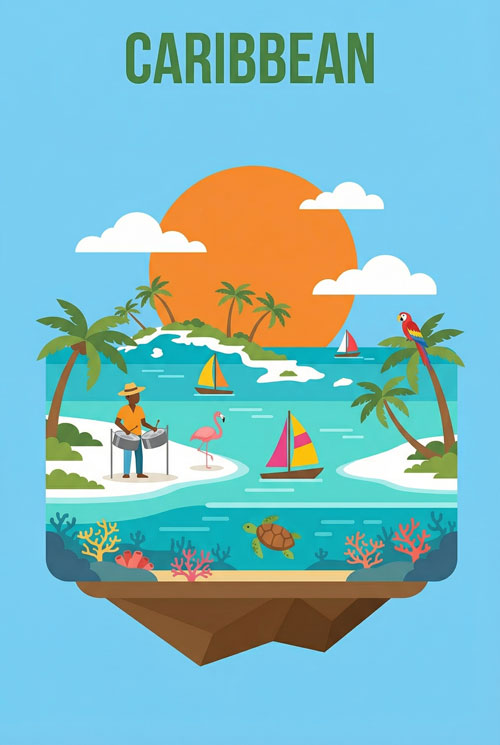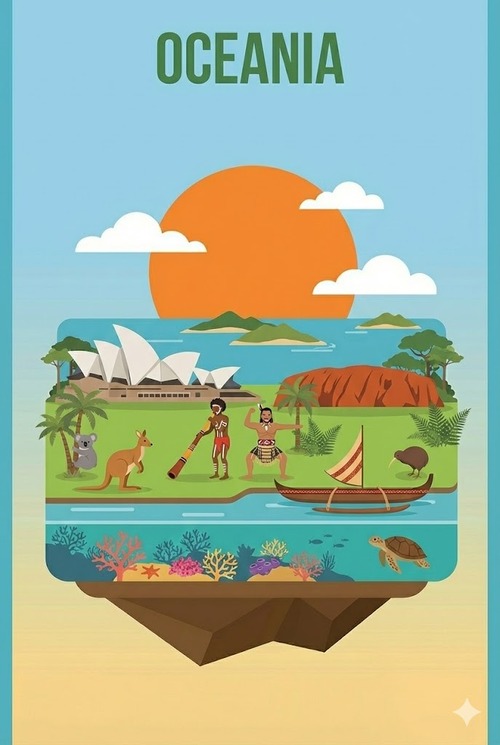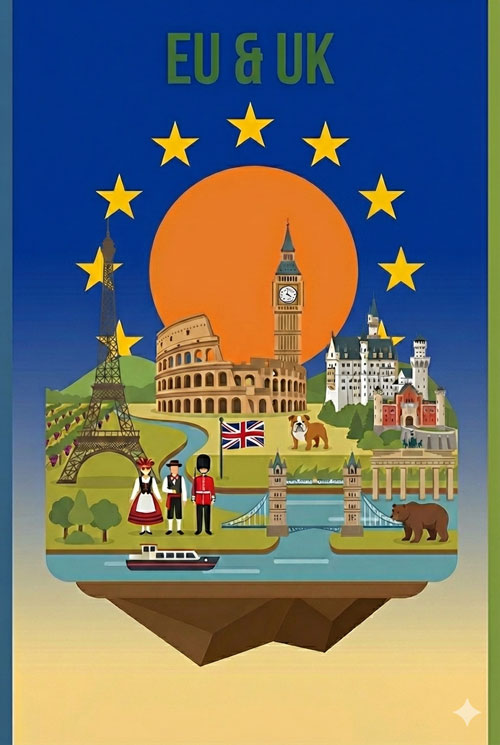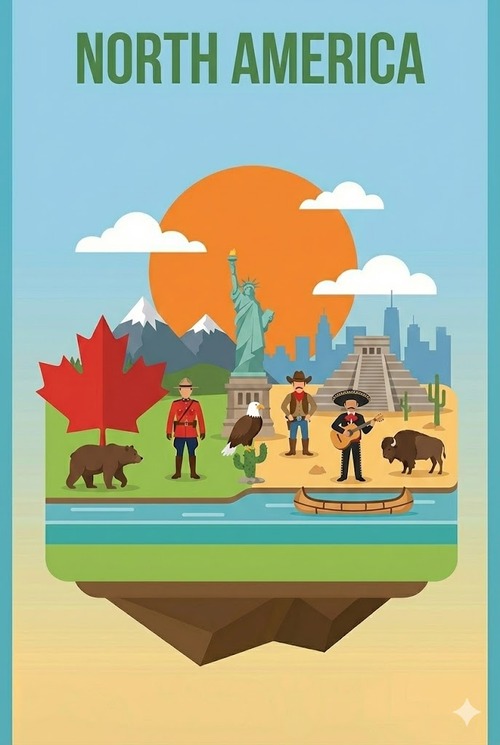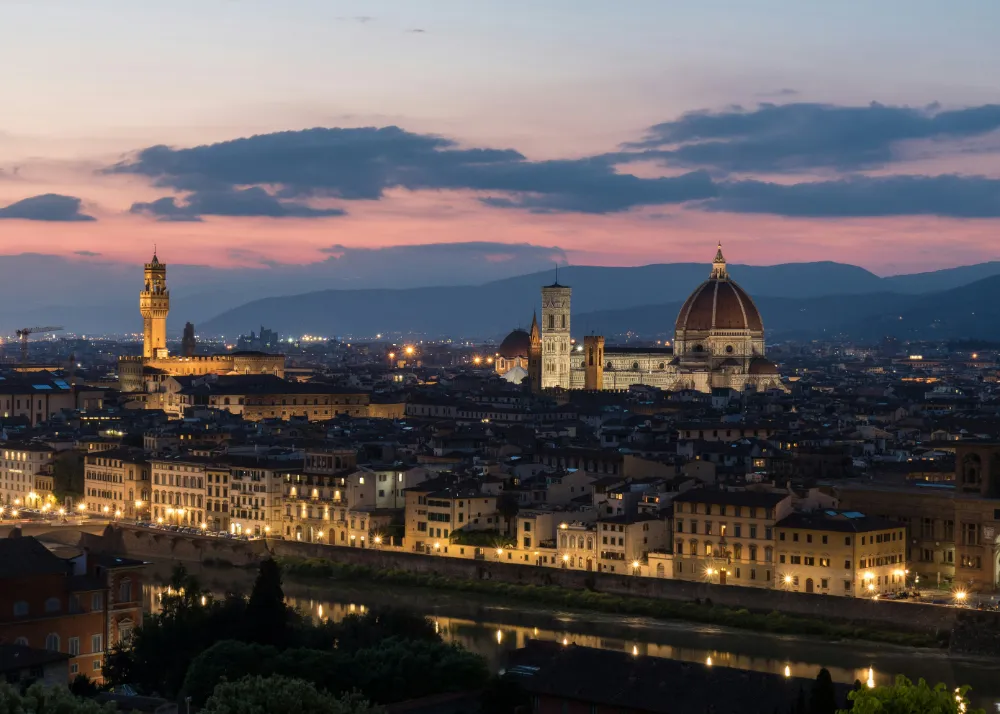eSIM Italy
The Best Time to Visit Florence: A Complete Guide for Travelers
In this guide, we’ll break down the year, season by season and month by month, giving you the insider knowledge to choose the perfect time to experience your own personal Renaissance in the heart of Tuscany.
Florence At-a-Glance: Your Quick Guide
For those who want the essential information right away, here’s a quick rundown of the best times to visit Florence based on your top priority.
- Best Time for Great Weather: April-May & September-October. These months offer a magical blend of warm, sunny days and comfortable temperatures, perfect for exploring the city’s streets and dining al fresco.
- Best Time for Budget Travelers: November – February. Excluding the festive period around Christmas and New Year’s, this is Florence’s true low season. You can find incredible deals on flights and hotels, with accommodation costs potentially dropping by as much as 50% compared to the high season.
- Best Time to Avoid Crowds: January & February. Once the holiday decorations come down, these are the quietest months in Florence. It’s a unique opportunity to experience the city’s world-famous attractions, like the Uffizi Gallery, without the shoulder-to-shoulder crowds of summer.
- Best Time for Art Lovers & Museums: November – February. Directly linked to fewer people, the winter months are the prime time for an intimate and unhurried encounter with masterpieces like Michelangelo’s David and Botticelli’s Birth of Venus.
- Best Time for Tuscan Landscapes & Gardens: April – June. This is when Florence and the surrounding Tuscan countryside are at their most breathtaking. The city’s gardens, from the famous Boboli to the enchanting Bardini, are in full, spectacular bloom with wisteria, irises, and roses.
- Best Time for Festivals & Events: June. The city buzzes with energy this month. It’s home to the feast day of its patron saint, St. John (Festa di San Giovanni), the brutal and historic Calcio Storico tournament, and major music festivals like Firenze Rocks.
The Best Time to Visit Florence
Your Complete Visual Guide for 2025
Florence At-a-Glance: Your Perfect Trip
Best Weather
Apr-May & Sep-Oct
For warm, sunny days perfect for exploring.
Best for Budget
November – February
Lowest prices on flights and accommodation.
Fewest Crowds
January & February
Enjoy attractions with a more local feel.
Best for Food & Wine
September – October
Celebrate the Tuscan harvest season.
Decoding Florentine Weather
Florence experiences hot summers and cool, damp winters. This chart shows the monthly climate averages, helping you pack for the right conditions.
A Tale of Four Seasons
Spring (Mar – May)
The city awakens with blooming gardens and pleasant temperatures. A beautiful but increasingly popular time, with crowds and prices peaking in May.
Summer (Jun – Aug)
Vibrant and energetic with major festivals, but defined by intense heat and humidity. This is peak season for crowds and prices.
Autumn (Sep – Nov)
A food-lover’s dream with the Tuscan harvest in full swing. September offers a perfect encore to summer, while November brings rain and quiet.
Winter (Dec – Feb)
The most authentic and affordable season. December is festive, while Jan & Feb are quiet, cold, and perfect for intimate museum visits.
What’s Your Travel Style?
The “best” time to visit depends entirely on your priorities. Follow this simple guide to find the perfect season for your trip.
START HERE
What matters most?
Perfect Weather
SPRING / AUTUMN
(May & September)
Low Prices & Crowds
WINTER
(Jan – Feb)
A Balance of Both
SHOULDER
(Mar, Apr, Oct, Nov)
A Season-by-Season, Month-by-Month Guide to Florence
Every season in Florence offers a distinct personality. To help you choose, here is a detailed look at the weather, crowds, costs, and events you can expect throughout the year.
Table 1: Florence Monthly Weather & Travel Snapshot
| Month | Avg. High | Avg. Low | Avg. Rainfall | Avg. Daily Sunshine | Crowd & Cost Level |
| January | 11°C / 51°F | 2°C / 36°F | 57 mm | 4 hours | Low |
| February | 12°C / 54°F | 3°C / 37°F | 52 mm | 4 hours | Low |
| March | 16°C / 61°F | 5°C / 41°F | 49 mm | 5 hours | Medium |
| April | 20°C / 68°F | 8°C / 46°F | 74 mm | 7 hours | High |
| May | 25°C / 77°F | 12°C / 54°F | 66 mm | 9 hours | Very High |
| June | 29°C / 84°F | 16°C / 61°F | 52 mm | 10 hours | Very High |
| July | 32°C / 90°F | 18°C / 65°F | 22 mm | 11 hours | Very High |
| August | 32°C / 90°F | 18°C / 64°F | 35 mm | 11 hours | High |
| September | 27°C / 81°F | 15°C / 59°F | 77 mm | 8 hours | Very High |
| October | 22°C / 71°F | 11°C / 52°F | 87 mm | 6 hours | High |
| November | 16°C / 60°F | 6°C / 43°F | 118 mm | 4 hours | Low |
| December | 11°C / 52°F | 3°C / 37°F | 91 mm | 3 hours | Medium-High |
Data compiled and averaged from sources.
Spring in Florence (March, April, May): The Renaissance in Bloom
Spring is when Florence shakes off the winter chill and bursts into life. The days grow longer, the city’s magnificent gardens explode with color, and the outdoor cafes fill with people soaking up the sun. This is arguably Florence at its most picturesque, but this postcard-perfect image attracts visitors in droves.
March: The First Hint of Spring
- Weather: Temperatures are mild but can be unpredictable. Expect average highs around 16°C (61°F), but be prepared for cool evenings that dip to 5°C (41°F). Sunshine hours increase to a welcome five per day, though you should still pack layers and a light umbrella for the occasional rain shower.
- Crowds & Costs: March is a sweet spot for travel. Before the Easter holiday rush, it’s still considered a shoulder or even low-season month, meaning prices for flights and hotels are reasonable. The city is noticeably less crowded than in the coming months, though you will see an influx of school groups taking advantage of the lower prices.
- What’s On: The city celebrates its own unique New Year on March 25th, the Capodanno Fiorentino, a tradition dating back to the Middle Ages, complete with historical parades. It’s also a time when major art institutions, like Palazzo Strozzi, often launch their flagship spring exhibitions.
April: Showers, Flowers, and Crowds
- Weather: The air warms up beautifully, with average highs climbing to a pleasant 20°C (68°F). However, April is known for its spring showers and is one of the rainiest months, averaging about 74 mm of precipitation. The rain is a small price to pay for the floral spectacle it creates, most notably the breathtaking purple wisteria tunnel at Villa Bardini, which is a must-see.
- Crowds & Costs: This is where the high season truly begins to flex its muscles, especially in years when Easter (Pasqua) falls in April. Expect a significant surge in visitors, and with them, a sharp increase in prices for flights and accommodation.
- What’s On: The most uniquely Florentine event of the year is the Scoppio del Carro (Explosion of the Cart) on Easter Sunday. A centuries-old tradition, it involves an ornate cart packed with fireworks being lit by a dove-shaped rocket that flies from the cathedral’s high altar—a truly unforgettable sight. The month also hosts the Florence Half Marathon and various flower and craft fairs, like the Mostra Internazionale dell’Artigianato.
May: Picture-Perfect and Packed
- Weather: Simply glorious. May offers what many consider to be Florence’s best weather: long, sunny days with average highs of 25°C (77°F) and a generous nine hours of sunshine daily. It’s the perfect climate for leisurely strolls, gelato in the piazza, and dining al fresco.
- Crowds & Costs: Be prepared: May is peak season in everything but name. The secret about its perfect weather is out, and travelers avoiding the summer heat flock here. Expect huge crowds, long queues for all major attractions, and prices that rival the height of summer. It is essential to book accommodation and museum tickets far in advance.
- What’s On: The prestigious Maggio Musicale Fiorentino, one of Italy’s oldest and most important classical music festivals, is in full swing, offering a world-class program of opera and concerts. On May 23rd, the Fiorita ceremony commemorates the execution of the friar Savonarola in Piazza della Signoria with a quiet laying of flowers.
It’s important to understand that the traditional notion of a quiet “shoulder season” in spring is changing. As more travelers wisely seek to avoid the intense heat of July and August, they have shifted their plans to May. The result is that May, with its near-perfect weather, now experiences the crowds and costs of a peak month. If you’re choosing May hoping for a quiet trip, you will be disappointed. The real advantage of visiting in May is the weather; for fewer crowds, you must accept the trade-offs of other seasons.
Summer in Florence (June, July, August): The Sizzling High Season
Summer in Florence is an intense, full-sensory affair. The city is defined by sizzling temperatures, the constant hum of international crowds, and long, golden evenings perfect for an aperitivo. It’s a time of major festivals and vibrant energy, but it demands careful planning to avoid being overwhelmed by the heat and the queues.
June: Festivals and Frenzy
- Weather: The heat arrives in earnest. Highs average a hot 29°C (84°F) under long, sunny skies. The heat is building towards its summer peak but may still be manageable for those who enjoy warm weather.
- Crowds & Costs: Peak season is in full swing. Prices for hotels and flights are at a premium, and the city’s historic center is packed with visitors from around the world.
- What’s On: June is festival month. The city’s largest celebration, the Festa di San Giovanni (Feast of St. John the Baptist), takes place on June 24th. It’s a day-long party for Florence’s patron saint, culminating in the final match of Calcio Storico—a brutal, historic form of football played in medieval costume in Piazza Santa Croce—and a spectacular fireworks display over the Arno river. Major music festivals like Firenze Rocks and the classical Estate Fiesolana also kick off.
July: The Furnace
- Weather: This is the hottest month of the year. Average high temperatures soar to 32°C (90°F), with many days easily surpassing 35°C (95°F). Florence’s location in a river basin traps both heat and humidity, making the city feel like a furnace. It’s also the driest month with the most hours of sunshine, virtually guaranteeing clear skies.
- Crowds & Costs: This is the absolute zenith of international tourism, driven by summer holidays across the Northern Hemisphere. Expect maximum prices for everything and dense crowds at every major landmark.
- What’s On: For fashion lovers, the official summer sales (saldi) begin in early July, offering a chance to snag deals at the city’s famous boutiques. The city’s summer arts program, Estate Fiorentina, continues with outdoor concerts and events, like the MusArt Festival, which take place in the cooler evenings.
August: The Italian Exodus
- Weather: The intense heat and humidity of July continue unabated through August, with average highs remaining around 32°C (90°F).
- Crowds & Costs: August presents a unique paradox. The city empties of locals around the national holiday of Ferragosto on August 15th, as Florentines escape the heat for the coast. This can lead to some smaller, family-run shops and restaurants closing for a week or two. While this exodus can cause a slight dip in hotel prices compared to July’s peak, the city is still teeming with international tourists. August is by no means a “low season” or a true budget month.
- What’s On: Ferragosto is a major public holiday, and while many things are closed, it’s a day for relaxing and enjoying the summer. The various cultural events of the Estate Fiorentina continue to provide evening entertainment.
Travelers should be aware of the “August Paradox.” While you might find a slightly better deal on a hotel room, this potential saving comes with significant trade-offs. You will have to contend with debilitating heat and humidity, persistently large crowds at the main attractions, and the possibility that a specific local restaurant or artisan shop you wanted to visit will be closed for the holidays. It is a high-season month with a very particular set of compromises.
Autumn in Florence (September, October, November): The Golden Harvest
Autumn is a spectacular time to visit Florence. The oppressive summer heat gives way to golden light, the city’s energy remains high, and the surrounding Tuscan countryside is alive with the harvest. This “second shoulder season” is a dream for foodies and those seeking a balance between good weather and slightly thinner crowds.
September: Summer’s Encore
- Weather: September feels like a more civilized continuation of summer. The weather is still wonderfully warm and sunny, with average highs of 27°C (81°F), but without the sweltering intensity of July and August. Rainfall begins to increase as the season turns, but sunny days are still the norm.
- Crowds & Costs: Don’t expect a quiet city. September is considered by many to be one of the absolute best months to visit, so demand is extremely high. Crowds and prices remain at peak or near-peak levels, similar to May and June.
- What’s On: The month kicks off with the beautiful Festa della Rificolona (Lantern Festival) on the evening of September 7th, where children parade through the city with colorful paper lanterns. Most importantly, this is the start of the vendemmia (wine harvest) in Tuscany, making it the perfect time for a day trip to the Chianti vineyards.
October: The Perfect Balance
- Weather: The climate is mild and generally very comfortable, with crisp air and average highs around 22°C (71°F). Evenings turn cool, so a jacket is essential. The chance of rain increases, but you’ll still enjoy plenty of clear, beautiful autumn days.
- Crowds & Costs: The city is still busy, but the crowds are noticeably smaller than in September. It’s a premium shoulder month; while you might find better flight deals, the desirability of the weather and seasonal activities keeps hotel prices high.
- What’s On: This is heaven for food lovers. The harvest season for olives, chestnuts, porcini mushrooms, and the prized white truffle begins, and restaurant menus reflect this incredible bounty. The Florence Biennale, a major contemporary art exhibition, takes place in odd-numbered years.
November: The Quiet Descent into Winter
- Weather: The mood shifts as winter approaches. November is cool, damp, and often grey. It is officially the wettest month of the year, receiving an average of 118 mm of rain. High temperatures drop to around 16°C (60°F).
- Crowds & Costs: This month sees a dramatic drop in tourism. November marks the beginning of the true low season. Crowds thin out almost completely, and savvy travelers can find excellent deals on both flights and accommodation.
- What’s On: All Saints’ Day on November 1st is a quiet public holiday. It’s generally a quiet month for major events, making it an ideal time to focus on Florence’s incredible indoor attractions, like its world-class museums and galleries, without the rush.
Many travelers book for autumn expecting a bargain, but it’s important to view September and October as a “premium” shoulder season. The combination of ideal weather and the unique culinary experiences of the Tuscan harvest creates high demand. You are not paying less; you are paying a premium for what is arguably the best all-around experience of the year: great weather, fewer crowds than summer, and unforgettable seasonal activities.
Winter in Florence (December, January, February): The Authentic & Affordable Season
Winter is Florence at its most intimate. It’s the coldest and dampest time of year, but it’s also the most atmospheric, affordable, and least crowded. This is your chance to see the city through the eyes of a local, to wander its streets without the tourist crush, and to have its masterpieces almost to yourself.
December: Festive Lights and Fewer Lines
- Weather: It’s cold and can be damp, with average high temperatures of 11°C (51°F) and only three hours of sunshine per day.
- Crowds & Costs: For most of the month, Florence is in its low season. However, from the Feast of the Immaculate Conception on December 8th through the New Year, the city comes alive with holiday spirit, and crowds and prices spike accordingly.
- What’s On: The city is beautifully decorated for Christmas. A large, German-style Christmas Market (Weihnachtsmarkt) takes over Piazza Santa Croce, offering crafts, food, and mulled wine. During the Green Line Festival, stunning light shows and artistic projections illuminate the facades of the Ponte Vecchio and Palazzo Vecchio.
January: The Deepest Low Season
- Weather: January is the coldest month in Florence. Average highs hover around 11°C (51°F), with nighttime temperatures frequently dropping near freezing at 2°C (36°F). Skies are often overcast, and while snow is rare, you should be prepared for cold, crisp days.
- Crowds & Costs: After the Epiphany holiday on January 6th, the city enters its quietest and most affordable period. This is the absolute best time for budget travelers who don’t mind bundling up. You’ll find the lowest prices of the year on flights and hotels.
- What’s On: The winter saldi (sales) begin right after the holidays, offering huge discounts in all the shops, from high-end boutiques to local stores. Pitti Uomo, a world-renowned men’s fashion trade show, brings a very stylish crowd to the city, but the event is self-contained and doesn’t overwhelm the main tourist sites.
February: A Quiet Awakening
- Weather: Still cold, with temperatures similar to January, but the days begin to lengthen, and you’ll feel the first hints of approaching spring. Sunshine hours creep up slightly.
- Crowds & Costs: February remains firmly in the low season, offering the same benefits of great deals and quiet museums as January.
- What’s On: Carnevale celebrations sometimes take place with parades, though the festival is much more famous in Venice. It’s a great month for foodies, with events like the Chianti Classico Collection wine fair and the Taste food fair taking place.
Visiting in winter is more than just a budget-friendly choice; it’s a responsible one. Florence suffers from severe overtourism, which strains the city’s resources and diminishes the quality of life for its residents. By choosing to visit during the quiet low season, you not only get a better price and a more authentic, crowd-free experience, but you also help alleviate the immense pressure of the peak summer months. It’s a true win-win: a better trip for you and a more sustainable future for this precious city.
The Best Time to Visit Florence For… (Your Travel Style)
Sun-Seekers & Great Weather
For those chasing sunshine and perfect T-shirt weather, May and September are the undisputed champions. These months deliver warm, sun-drenched days ideal for sightseeing and enjoying the city’s cafe culture. June is also reliably sunny but can tip into being uncomfortably hot for extensive walking. Be aware that this perfect weather comes at a price—these are also the most crowded and expensive times to be in Florence.
Budget Travelers & Crowd-Haters
If your priorities are saving money and personal space, aim for the deep low season from January to February. After the holiday buzz fades, the city is at its quietest and cheapest. You can find hotel rooms for up to 50% less than in summer, walk into museums without a queue, and take advantage of the massive January sales. The trade-off is cold, often damp weather and shorter daylight hours. For those who can’t travel in winter, the August Paradox offers a slight alternative: you might find a cheaper hotel room, but you’ll have to brave extreme heat and some business closures.
Art & Museum Lovers
To truly connect with the art without battling a sea of selfie sticks, the low season of November through February is unparalleled. You can spend unhurried time in front of masterpieces in the Uffizi and Accademia galleries. If you must visit during the high season, a strategic approach is vital. Book timed-entry tickets weeks or even months in advance. Choose the very first morning slot (8:15 am) to get in before the tour groups arrive. The best days to visit are Wednesday or Friday, as Tuesdays are busy after the Monday closure, and weekends are always packed.
Families with Children
The summer months (June-August) align with most school holidays, but the intense heat can be challenging for young children. A successful summer trip requires a slower pace, frequent gelato breaks, and booking a hotel with a swimming pool. The spring break period in April offers more pleasant weather but can be crowded and rainy. A strong contender for the best family time is the autumn break in October. The weather is comfortable, the crowds have thinned slightly, and the seasonal harvest activities in the countryside can be fun for all ages.
Foodies & Wine Lovers
There is no debate: Autumn (September-November) is the ultimate season for culinary travel in Florence. The entire region celebrates its bounty. September is for the vendemmia (wine harvest), making it the perfect time for vineyard tours. This is followed by the season for fresh olives and their peppery oil, wild porcini mushrooms, and the elusive, treasured white truffle. Local sagre (food festivals) celebrate these ingredients with gusto. Spring is a close second, with menus featuring fresh seasonal produce like tender artichokes, fava beans, and asparagus.
Planning Around Florence’s Top Activities
Climbing the Duomo
Climbing to the top of Brunelleschi’s magnificent dome is an unforgettable experience, but it’s not for the faint of heart. The journey involves 463 steps up a narrow, winding staircase that can feel claustrophobic, with two-way traffic and no option to turn back. In summer, the heat inside the dome can be intense.
- Best Time: Booking the first time slot of the day (8:15 am) is crucial, especially from spring to autumn. This allows you to make the climb in the coolest part of the day and before the largest crowds arrive. In the winter, the last slot of the day can offer stunning twilight views over the city. Avoid midday in the summer at all costs.
- Booking: Reservations are mandatory and must be made for a specific date and time. Book well in advance, especially in high season.
Visiting the Uffizi Gallery
Home to one of the world’s greatest collections of Renaissance art, the Uffizi Gallery is a must-see, but it is notoriously crowded. In high season, the queue for those without tickets can stretch for hours under the hot sun.
- Best Time: The quietest times to visit are early in the morning (book the 8:15 am slot) or late in the afternoon (after 4 pm). The best days are Wednesday and Friday. Tuesdays are very busy as the museum reopens after its Monday closure, and weekends are consistently packed. Absolutely avoid the free first Sunday of each month unless you are prepared for an “unbearably crowded” experience where it’s difficult to even see the art.
- Booking: Booking a skip-the-line, timed-entry ticket online is non-negotiable for any season outside of the absolute dead of winter.
Exploring the Boboli & Bardini Gardens
These are not typical flower gardens but grand, historic Italian landscape gardens, designed with statues, fountains, grottoes, and architectural vistas.
- Best Time: For the most impressive floral displays, spring (April-May) is the best time. This is when the famous wisteria tunnel at Villa Bardini is in fragrant bloom, the Giardino delle Rose is a riot of color, and the Iris Garden showcases its unique collection. Summer can be too hot for a pleasant walk, while late autumn and winter can be dreary and muddy, diminishing the gardens’ charm.
- Timing: In warmer months, plan your visit for the early morning to escape the powerful afternoon sun.
Day Trips into Tuscany
A trip to Florence is incomplete without experiencing the iconic rolling hills and medieval towns of the Tuscan countryside.
- Best Seasons: Spring (April-May) is perfect for seeing the landscape at its most lush and green, dotted with vibrant wildflowers. Autumn (September-October) is equally spectacular, with the countryside bathed in the warm, golden colors of the harvest season.
- Seasons to Reconsider: Summer can be too hot for comfortably exploring hilltop towns. In winter, the landscape is less picturesque as the famous vineyards are just bare stumps, and the weather can be cold and rainy.
Stay Connected in Florence with an eSIM
You’ve just landed at Florence’s Peretola Airport, buzzing with excitement to begin your Tuscan adventure. You reach for your phone to call an Uber, check the address of your Airbnb, or look up the bus route into the city, but then it hits you: you have no data. It’s a frustratingly common start to an otherwise perfect trip.
In the past, travelers had two flawed options. The first was to risk using data roaming from your home provider. For visitors from outside the EU, this can lead to a nasty surprise on your next phone bill, with U.S. carriers often charging daily fees of $10-$15 or shocking pay-per-use rates that add up incredibly fast. The second option was to hunt down a local physical SIM card. This involves wasting precious vacation time finding a carrier store like TIM or Vodafone, waiting in line, and navigating the registration process, which by Italian law requires you to present your passport.
Thankfully, there is a perfect modern solution. With an eSIM from eSIM4.com, you can solve this problem in minutes. Simply choose a data plan for Italy on our website, download it to your phone before you leave, and activate it the moment you land in Florence. You’ll be online instantly, ready to navigate the charming cobblestone streets, book last-minute museum tickets, or share that first perfect gelato shot. No more bill shock, no more airport SIM queues, just instant, affordable connectivity.
Check out eSIM4.com for affordable, reliable data plans for your trip to Florence.

